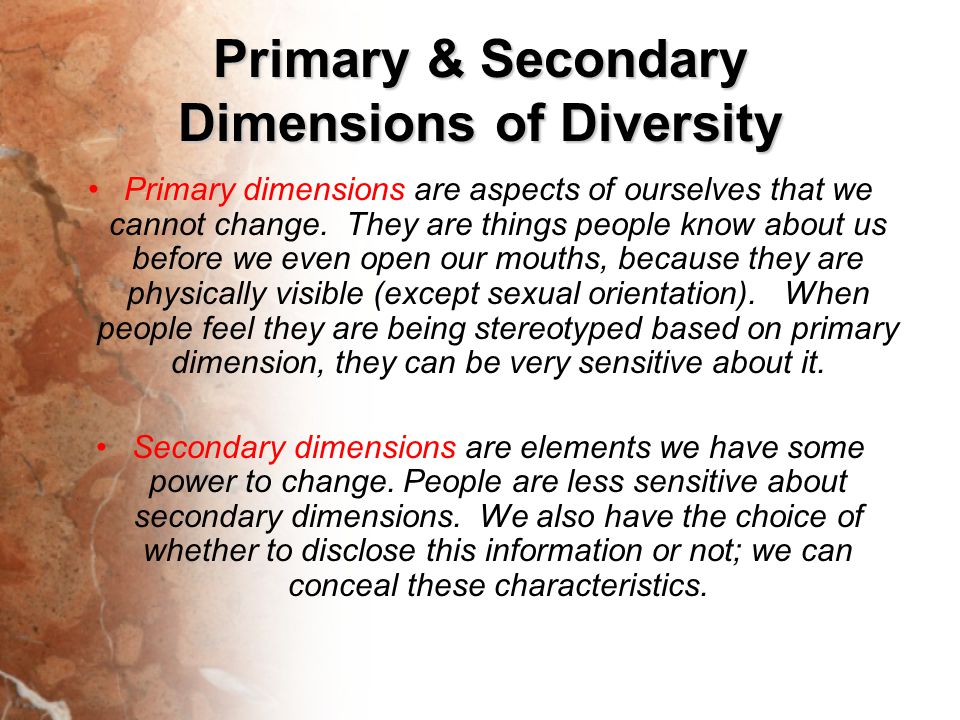Optimize Your Coverage Precision With Additional Measurements
In the world of information evaluation, the quest for precision and deepness is a continuous search. Second measurements supply a gateway to augmenting reporting accuracy by providing a complex lens through which to see data. Envision the power of unraveling complex layers of info that exist past the surface area metrics, using a richer tapestry of insights waiting to be checked out. As we start this journey of leveraging secondary measurements, the landscape of reporting precision beckons with promises of boosted quality and calculated decision-making.
Importance of Second Dimensions
Utilizing additional measurements is essential for improving the deepness and granularity of reporting insights in data evaluation. Secondary measurements allow analysts to section and filter information based on particular requirements, giving a more personalized and targeted evaluation.
Furthermore, second measurements assist in identifying connections and connections that might not be right away noticeable when analyzing data with just key measurements. This deeper level of insight can cause even more enlightened decision-making and strategic planning within a company. By leveraging second measurements effectively, companies can discover concealed possibilities, determine locations for renovation, and optimize their total efficiency.
Applying Second Measurements
To include second measurements properly right into information evaluation processes, businesses must adopt a structured approach that straightens with their coverage purposes and logical objectives. Implementing second measurements entails choosing the best dimensions that offer deeper understandings right into key data metrics. It is essential to identify which secondary measurements will certainly improve the understanding of the primary data being analyzed. Businesses should take into consideration variables such as the kind of data being accumulated, the specific metrics they intend to assess, and the crucial efficiency indications (KPIs) they are concentrated on boosting.
Moreover, businesses require to make certain that the picked secondary dimensions pertain to the key data and provide meaningful context without creating info overload. Carrying out additional measurements likewise requires defining clear logical inquiries that the additional dimensions will help answer. By structuring the implementation process around these factors to consider, businesses can make best use of the value obtained from second dimensions and enhance the precision and depth of their coverage.
Analyzing Information With Additional Dimensions

One secret aspect of analyzing information with additional measurements is to make sure that the selected dimensions align with your certain logical objectives. Choosing the right second dimensions can provide context and nuance to your key data metrics, allowing you to attract official website even more precise conclusions and make informed decisions based upon the understandings got.
Moreover, leveraging second dimensions efficiently can assist in identifying outliers, comprehending the impact of different variables on your key performance my review here indications, and acquiring a comprehensive view of your data landscape. By delving into information with additional dimensions, you can boost the depth and top quality of your evaluation, leading to even more robust reporting and workable outcomes.

Enhancing Insights Via Additional Dimensions
Exploring information through additional measurements not just deepens evaluation but likewise amplifies the possibility for uncovering beneficial understandings that can significantly enhance reporting accuracy. By including second dimensions to your records, you can obtain a much more comprehensive understanding of the connections in between different data points. This improved viewpoint enables you to determine patterns, fads, and relationships that may have been ignored when evaluating data with primary measurements alone.

Basically, leveraging second dimensions equips you to extract richer understandings from your data, allowing you to make more educated choices and enhance your reporting accuracy.
Finest Practices for Additional Dimensions
Utilizing second dimensions efficiently requires mindful consideration of crucial methods to boost information evaluation and reporting precision. When carrying out secondary dimensions, it is vital to align them with your main metrics to derive meaningful understandings.
Another vital practice is to experiment with different mixes of secondary and main measurements to reveal unique connections and patterns within your data. This iterative technique can reveal beneficial understandings that might have been overlooked otherwise. In addition, it is very important to site here regularly assess and refine your second measurement choices to guarantee they continue to be appropriate and straightened with your progressing reporting demands.
Moreover, recording the rationale behind your option of additional measurements can offer context for future analysis and help with partnership within your group. By adhering to these ideal methods, you can maximize the efficiency of second dimensions in enhancing your coverage accuracy and driving educated decision-making.
Verdict
Including second measurements in data analysis is critical for making the most of reporting accuracy and getting deeper insights into performance patterns. Carrying out ideal techniques for second dimensions improves the deepness of evaluation and enhances the relevance of reporting outcomes.
Furthermore, second measurements aid in determining relationships and connections that may not be right away noticeable when analyzing information with just main measurements. Applying secondary dimensions involves choosing the appropriate measurements that supply much deeper understandings into primary information metrics. Executing second dimensions likewise calls for defining clear analytical questions that the extra measurements will certainly assist address.When examining information with second dimensions, it is necessary to focus on extracting important insights that match primary data metrics. By incorporating second dimensions into your analysis, you can uncover patterns, trends, and partnerships that may not be apparent when looking at the data from a primary measurement alone.